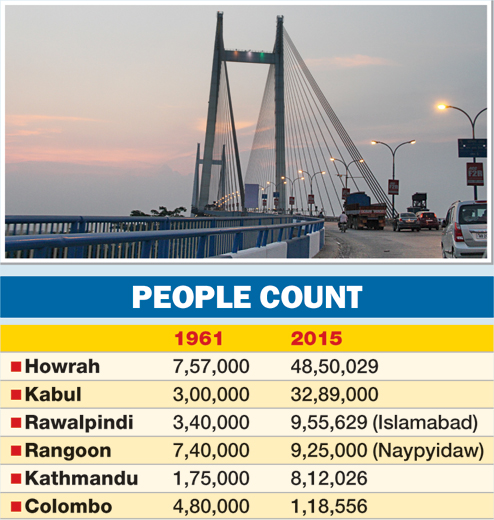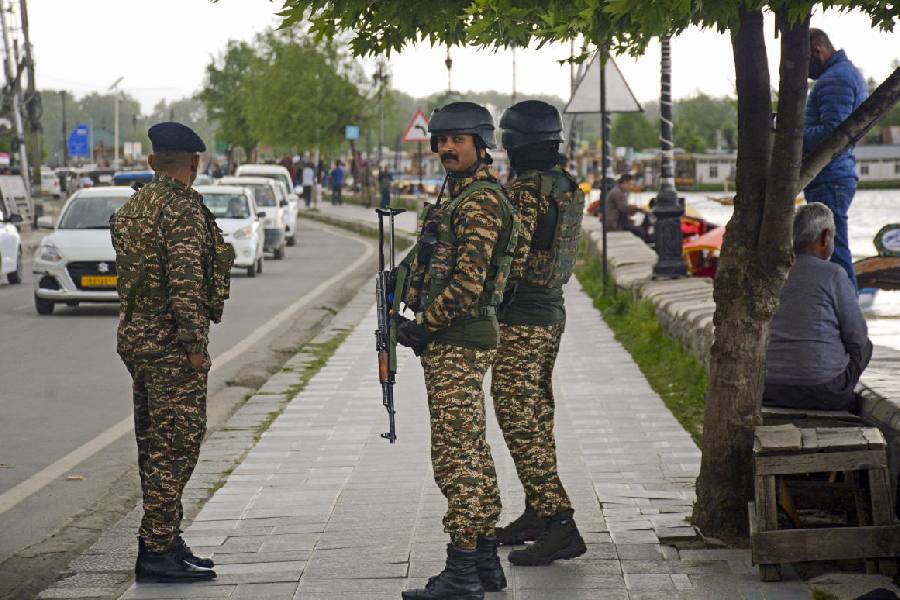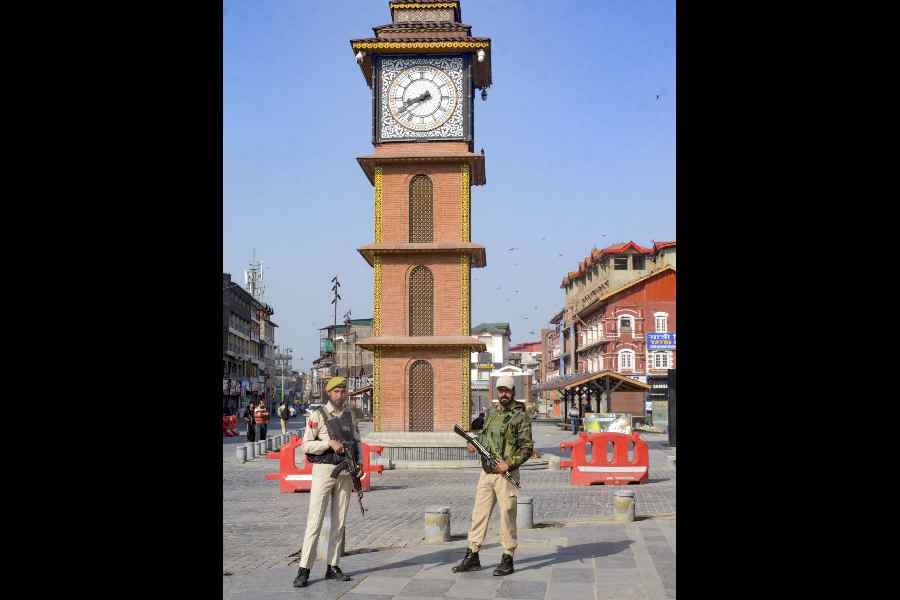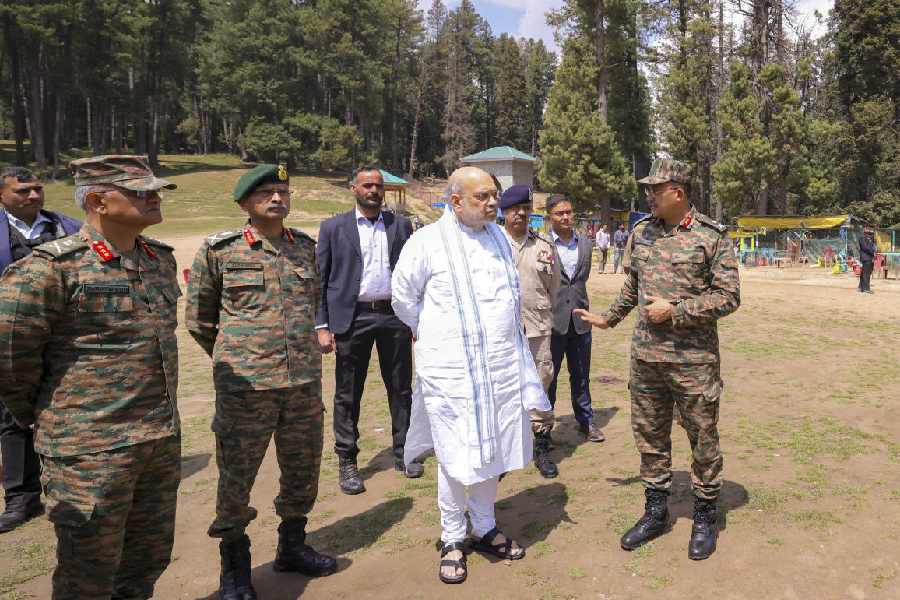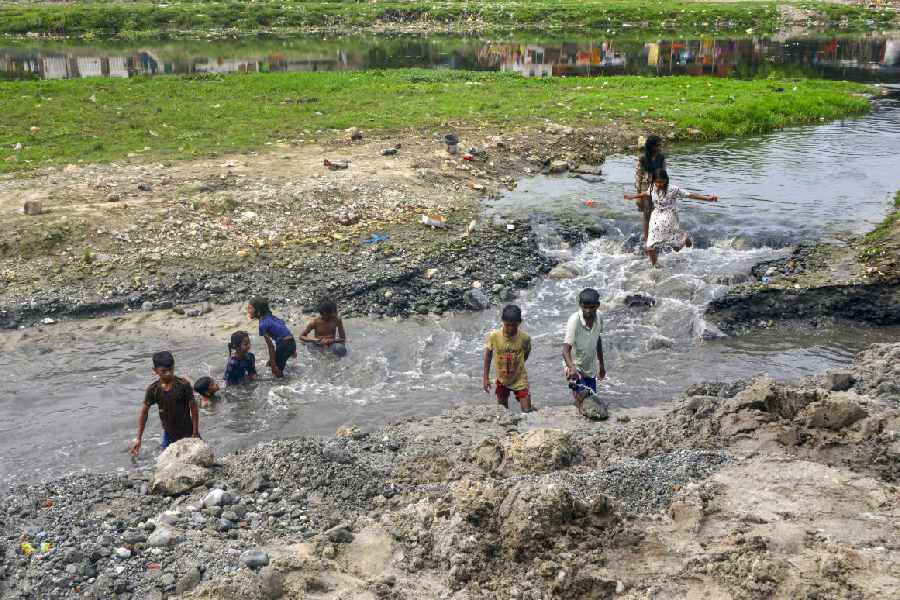
From just over 7,50,000 in 1961 to around 48,50,000 in 2015 - the population of Howrah has seen a six-time leap in five decades. Today, its population is greater than the capital cities of several neighbouring countries, be it Islamabad or Colombo (see chart).
But little has changed by way of Howrah's economy or social structure apart from the fact that it now houses the state secretariat.
It is perhaps in keeping with this stagnation that there has been little or no academic work on Howrah. Mahalaya Chatterjee, the director of the Centre for Urban Economic Studies (CUES) at Calcutta University, has set about to fill the gap with Urban Development in Howrah, Socio-Economic Perspective, which she has edited along with Anis Mukhopadhyay, also of CUES.
The state government had in 2006 pledged Rs 1,000 crore for the regeneration and rejuvenation of Howrah, but little has come of it till date.
In 2009, the Kolkata Urban Services for the Poor, a state government programme funded by the UK's Department for International Development, appointed management consultants McKinsey to draw up a rejuvenation plan for Howrah. "But McKinsey's proposal was rejected and DFID approached CUES for an economic rejuvenation report. Bengal University of Science and Technology (Besu, now IIEST) was asked to draw up an infrastructure report," Chatterjee said.
"We travelled across Howrah, speaking to civic workers, elected chairmen of municipalities and ordinary people. We noticed a complete apathy. People had no hope and didn't believe there would be any rejuvenation. To find out what the youth felt, we carried out a survey in nine colleges of Howrah," Chatterjee said.
The Howrah Development and Rejuvenation Plan was submitted in June 2010. After that, CUES hosted a conference calling for papers on Howrah. "There were several scholarly papers on various aspects of urbanisation. This volume is the result of that conference. It is the first comprehensive effort to understand and analyse the various aspects of urban development of the district and the city as well as its economy, transport, environment and its future prospects," said Chatterjee.
It is Howrah's proximity to Calcutta that, according to Chatterjee, proved to be its bane. "Calcuttans used Howrah as a station. Neither do the people of Howrah take pride in it."
Chatterjee, who claims to have read every plan of CMDA, blames the Howrah Improvement Trust, set up in 1956 (before that Howrah fell under the Calcutta Improvement Trust) for only working on individual projects such as Puddapukur Waterworks or a flyover to end a traffic bottleneck, but not for overall development.
Much of Howrah's population growth is because of the advent of migrant labourers from Bihar and other adjacent states, who were not interested in improved civic amenities in fear of increased taxes. But the traditional families, too, were not too bothered about the lack of good educational institutions or other facilities because the proximity to Calcutta enabled them to cross over to the twin city as and when they wished. "This went against Howrah and the demand for better facilities never arose," she said.
Talking about the economy of Howrah and how it came to be known as the Sheffield of the east, Chatterjee said: "The first signs of industry were roperies. The proximity to Asansol, a coal-bearing region and iron ore mines, made the metal and engineering industry expand in Howrah." But this sector, too, was dealt a blow when freight equality (greater the distance, lower the freight rate) came about in 1956. The small-scale engineering industry of Howrah never recovered.
It is only the tertiary sector - trade and transport service - that has seen some growth in Howrah. "There is the second Hooghly bridge that brought about the Kona Expressway which was connected to National Highway 6 and 2. Then there is the Dhulagarh Truck Terminal and also several private logistics companies," Chatterjee said.
Agriculture, too, has seen diversification with Howrah flourishing in floriculture. Bengal is the third largest flower-producing state and Howrah the biggest supplier in Bengal after East Midnapore.
What thrives in Howrah is home-based industry - zari in Panchla, jam and jelly-making units run by self-help groups in Bagnan.
The facade has been built well in Howrah, but scratch the surface and it is a picture of neglect and apathy. The shift of the secretariat to Howrah has yielded nothing more than better traffic management and circulation around Nabanna, the professor signed off.

